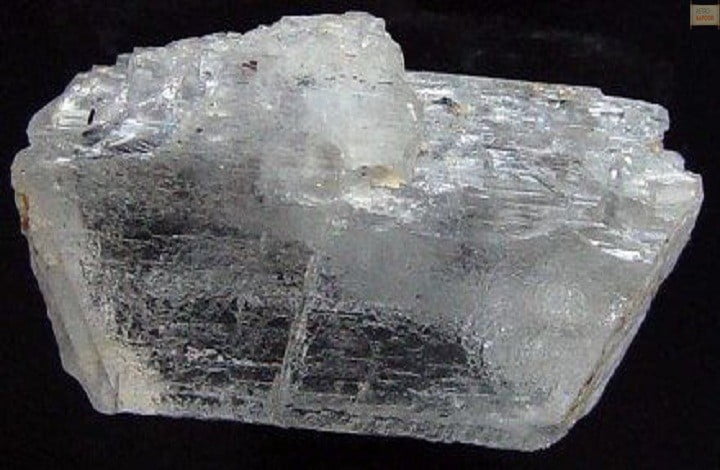Hambergtite gemstone is one of the lesser-known gemstones. It is usually found colourless, with a little vitreous luster, if it is cut and polished. Hambergite is a hard material, possessing a hardness of 7.5 on the Mohs scale, therefore, we can infer that it is a hard material. But Hambergite has perfect cleavage and a brittle tenacity too. This makes it quite fragile and susceptible to fracture.
The name Hambergite has been kept by a Swedish geologist and geographer Axel Hamberg ( 1863 -1933 ). He was the instructor of crystallography and mineralogy at Stockholm University and then he became professor of geography at Upsala University. From 1913 to 1927 he remained as president of the International Iceberg Commission.
Buy Certified Hambergtite Gemstone Online at Wholesale Prices
There are several important features that make it Hambergite a unique mineral. It has very strong refraction, with a birefringence rating of 0.072, much higher than zircon. This is the unique property of hambergite that can be observed down through the table of a hambergite specimen.
If we look over the chemical composition of hambergite, it is composed of hydroxybutyrate. It has a low density of 2.35 which is same as obsidian. Hambegite has a refractive index of 1.553 to 1.628, a wide range due to its pronounced birefringence. It is a very unusual mineral with a low density to have such a high refractive index. Most of the gems with a high refractive index such as corundum, zircon and garnet also possess very dense materials.
Sometimes, hambergite can be completely colourless, gray-white or sometimes yellow-white. It may also appear colourless with a slight pink.
Madagascar is the best source of contemporary source for hambergite, though it remains a rare gem, especially in larger size. Some other sources of hambergite is Burma, Pakistan, Afghanistan and Tajikistan and also in the United States. Get your gemstone consultation.

